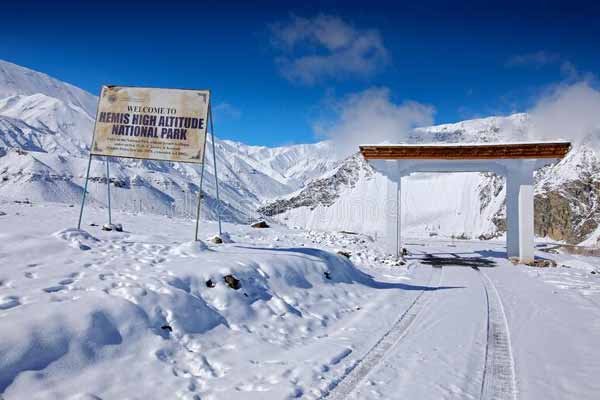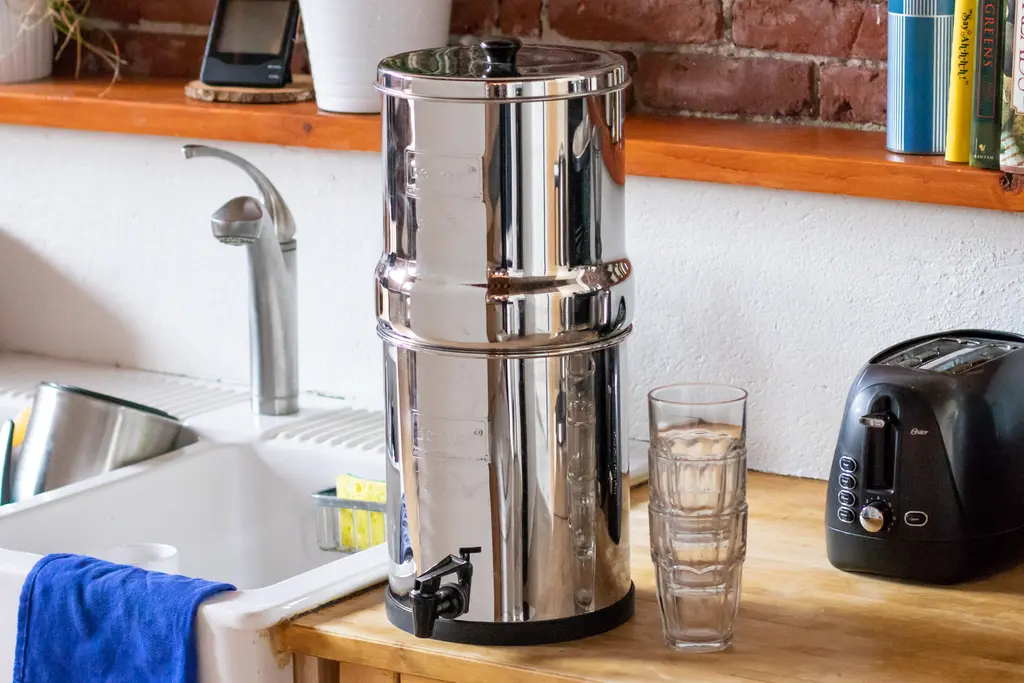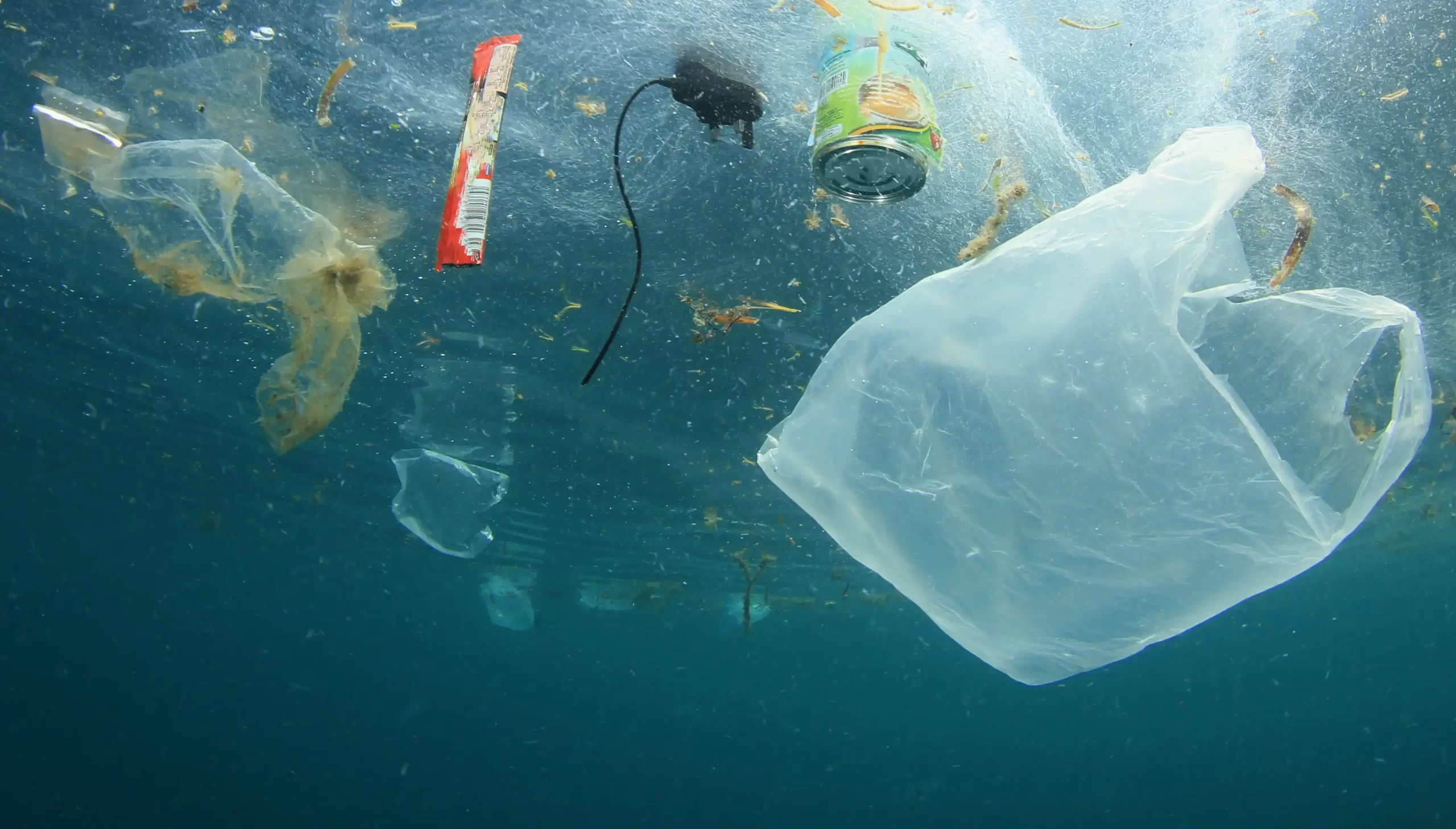Water pollution is the contamination of water bodies (collectively with rivers, lakes, oceans, and groundwater) with harmful substances, making them unsuitable for various purposes, including drinking, swimming, and supporting aquatic life. It’s important to be aware of the various sources of water pollution, as they can have serious consequences for both human health and the environment. From industrial waste and agricultural runoff to sewage and oil spills, there are many ways that water can become contaminated. Here’s an overview of water pollution and some methods for its control:
- Sources of water pollution:
- Industrial Discharges: Factories and industrial facilities release various pollutants into water bodies, including heavy metals, chemicals, and toxins.
- Agricultural Runoff: The use of fertilizers, pesticides, and herbicides in agriculture can lead to runoff that carries harmful chemicals into nearby water sources.
- Urban Runoff: Stormwater runoff from urban areas can carry pollutants like oil, heavy metals, and debris into water bodies.
- Wastewater Disposal: Improper disposal of domestic sewage and untreated wastewater contributes to water pollution.
- Oil Spills: The accidental or intentional release of oil into water bodies can have severe consequences for aquatic ecosystems.
- Airborne Pollutants: Some pollutants from the air can settle into water bodies through precipitation, contributing to water pollution.
Effects of Water Pollution:
- Health Issues: Contaminated water can lead to waterborne diseases such as cholera, dysentery, and gastrointestinal problems.
- Impact on Aquatic Life: Pollutants can harm fish and other aquatic organisms, disrupting ecosystems and reducing biodiversity.
- Economic Impact: Water pollution can damage fisheries, agriculture, and tourism, affecting local economies.
- Groundwater Contamination: Underground water sources can be contaminated, impacting drinking water supplies.

Control and Prevention Measures:
- Regulatory Measures: Governments and environmental agencies enact laws and regulations to control and limit discharges from industries and other pollution sources.
- Wastewater Treatment: Implementing effective wastewater treatment processes can help remove contaminants before discharging water back into the environment.
Best Management Practices (BMPs) for Agriculture: Encouraging farmers to adopt sustainable agricultural practices can minimize the runoff of fertilizers and pesticides.
- Stormwater Management: Proper planning and infrastructure can reduce urban runoff and prevent pollutants from entering water bodies.
What is water pollution?
Water pollution refers to the introduction of harmful substances into water bodies, such as rivers, lakes, oceans, groundwater, and other aquatic ecosystems, leading to a degradation in water quality. These substances, known as pollutants, can be either chemical, physical, or biological agents that adversely affect the natural characteristics of water and make it unsuitable for its intended uses. Water pollution can occur through various human activities and natural processes, resulting in significant environmental, economic, and health consequences.
Common sources of water pollution include:
- Industrial Discharges: Factories and manufacturing facilities often release pollutants such as heavy metals, chemicals, and toxins into nearby water bodies.
- Agricultural Runoff: The use of fertilizers, pesticides, and herbicides in agriculture can lead to runoff that carries harmful chemicals into rivers and lakes.
- Urban Runoff: Rainwater runoff from urban areas can pick up pollutants such as oil, heavy metals, and debris from streets and other surfaces.
- Wastewater Disposal: Improper disposal of untreated sewage and wastewater from households and industries contributes to water pollution.
- Sources Of Water Pollution
Water pollution can originate from various sources, both natural and human-made. Human activities are often significant contributors to water pollution. Here are some common sources of water pollution:
- Industrial Discharges: Factories and industrial facilities release pollutants into water bodies as a byproduct of manufacturing processes. These pollutants may include heavy metals, chemicals, solvents, and other harmful substances.
- Agricultural Runoff: The use of fertilizers, pesticides, and herbicides in agriculture can result in runoff during rainfall. This runoff carries these chemicals into rivers and lakes, leading to water contamination.
- Urban Runoff: Urban areas produce stormwater runoff that can carry pollutants such as oil, heavy metals, chemicals, and debris from streets, parking lots, and rooftops into nearby water bodies.
- Wastewater Disposal: Improper disposal of domestic sewage and untreated wastewater from households, industries, and sewage treatment plants can contaminate water sources.
- Oil Spills: Accidental or intentional releases of oil, whether from maritime accidents, pipeline leaks, or industrial processes, can have severe consequences for aquatic ecosystems and marine life.
- Improper Waste Disposal: Dumping of solid waste, hazardous materials, and other pollutants into rivers, lakes, or oceans contributes to water pollution. This includes plastics, electronics, and various non-biodegradable materials.
Water Pollution: A Modern Epidemic
Widespread Human Impact: The increasing population and urbanization have led to a surge in water usage and waste generation. Consequently, more pollutants find their way into water bodies, affecting human health directly through contaminated drinking water and indirectly through polluted food sources.
Industrial Growth: Rapid industrialization has resulted in the discharge of a wide range of pollutants into water bodies. Industrial effluents often contain chemicals, heavy metals, and toxins that can have severe consequences for aquatic ecosystems and human health when they enter the water supply.
Urbanization and Infrastructure Challenges: Urban areas generate substantial amounts of pollutants, including sewage, stormwater runoff, and industrial discharges. In many cases, inadequate sewage and stormwater management infrastructure exacerbates the problem, leading to direct contamination of water sources.
- Agricultural Practices: Modern agriculture relies heavily on fertilizers, pesticides, and herbicides to enhance crop yields. Runoff from agricultural lands can introduce excessive nutrients and harmful chemicals into rivers and lakes, leading to water pollution and the creation of dead zones.
Effects Of Water Pollution
Water pollution has a wide range of detrimental effects on the environment, human health, and ecosystems. The consequences of water pollution can manifest in various ways, impacting both aquatic and terrestrial life. Here are some key effects:
- Human Health Issues:
- Waterborne Diseases: Contaminated water can transmit diseases such as cholera, dysentery, typhoid, and gastroenteritis, causing widespread illnesses and sometimes leading to fatalities.
- Heavy Metal Poisoning: Exposure to water contaminated with heavy metals like lead, mercury, and cadmium can result in long-term health issues, including neurological damage and organ failure.
Internal link: bilaar.com










